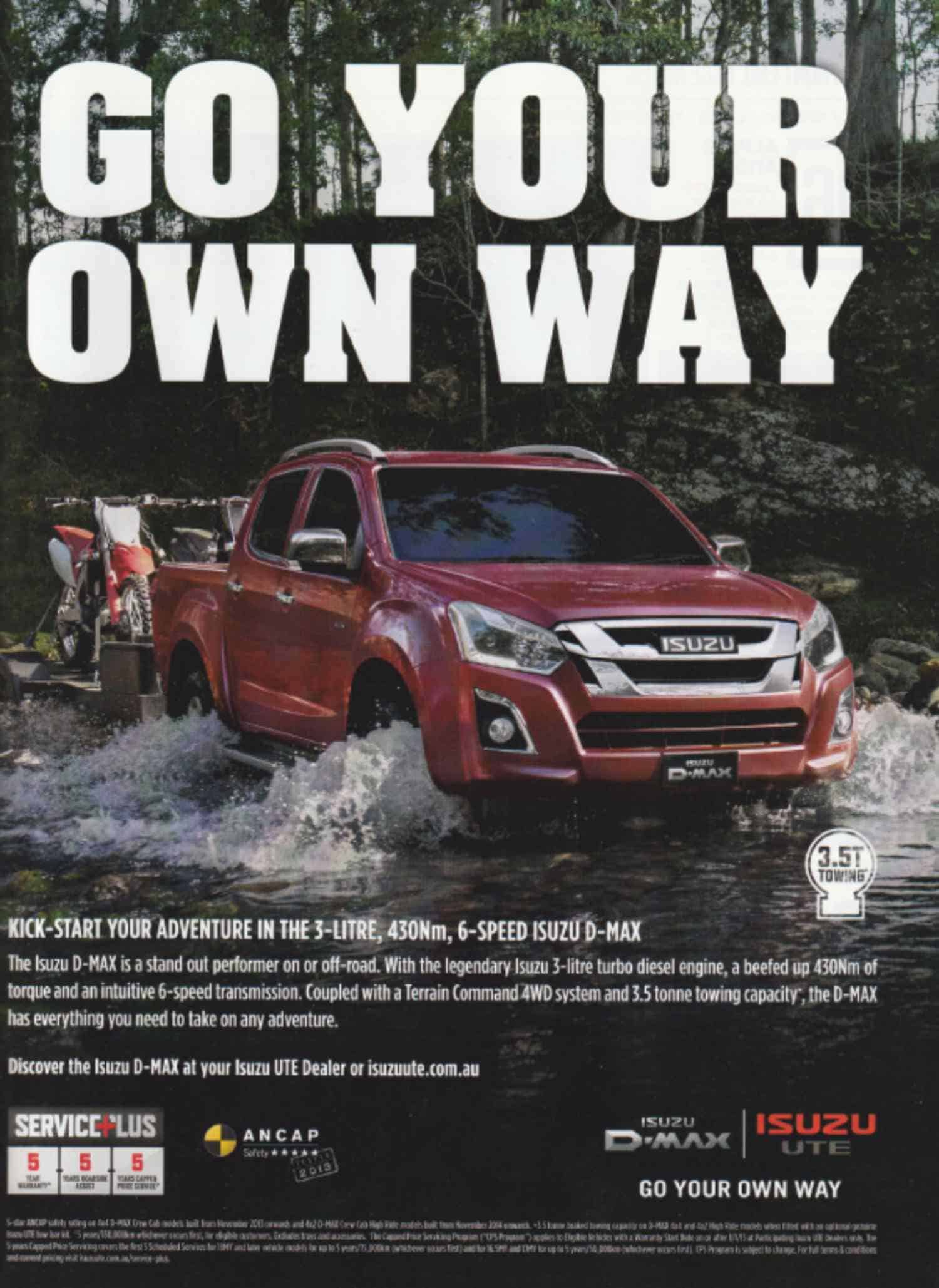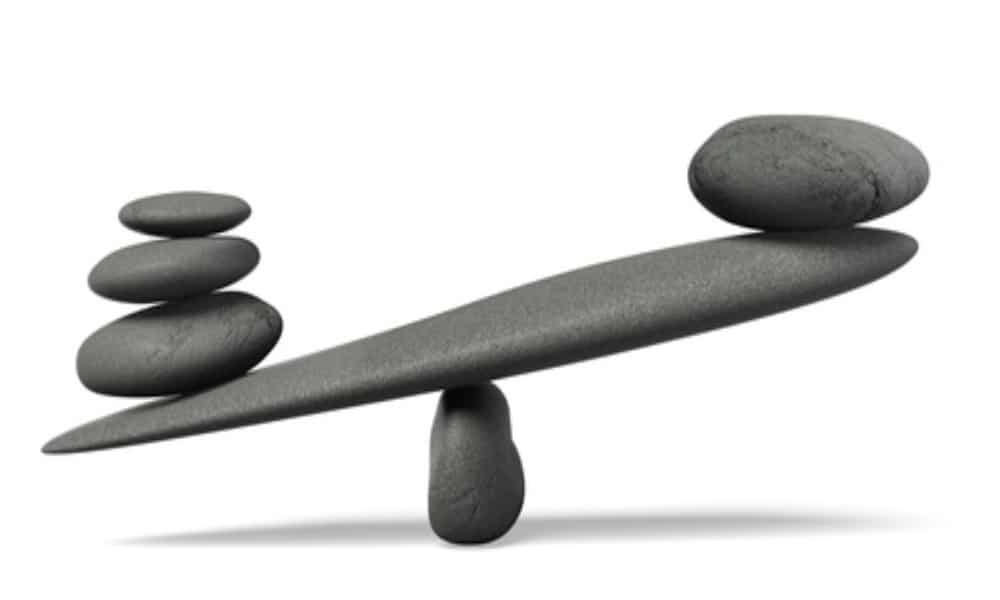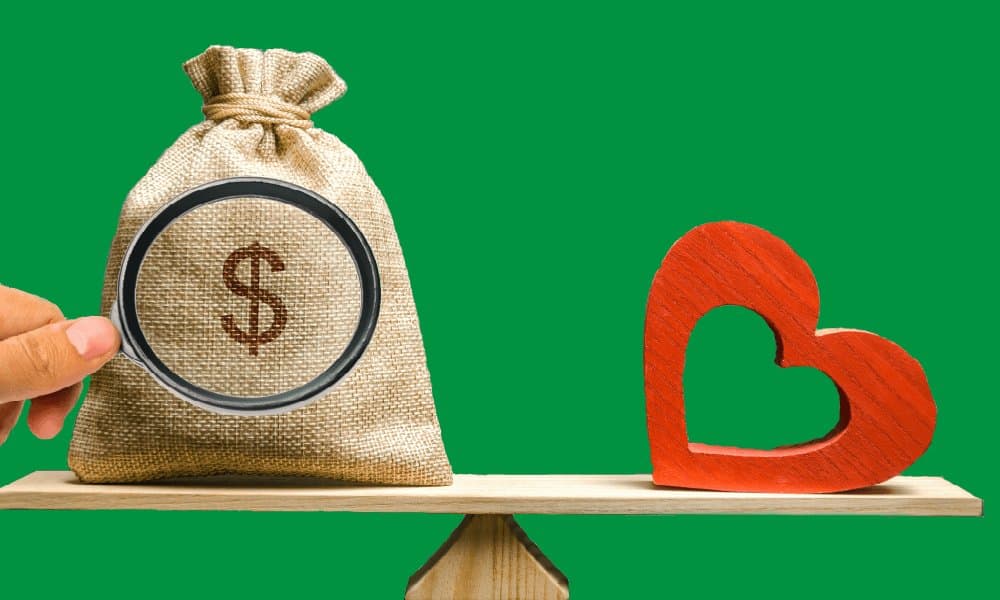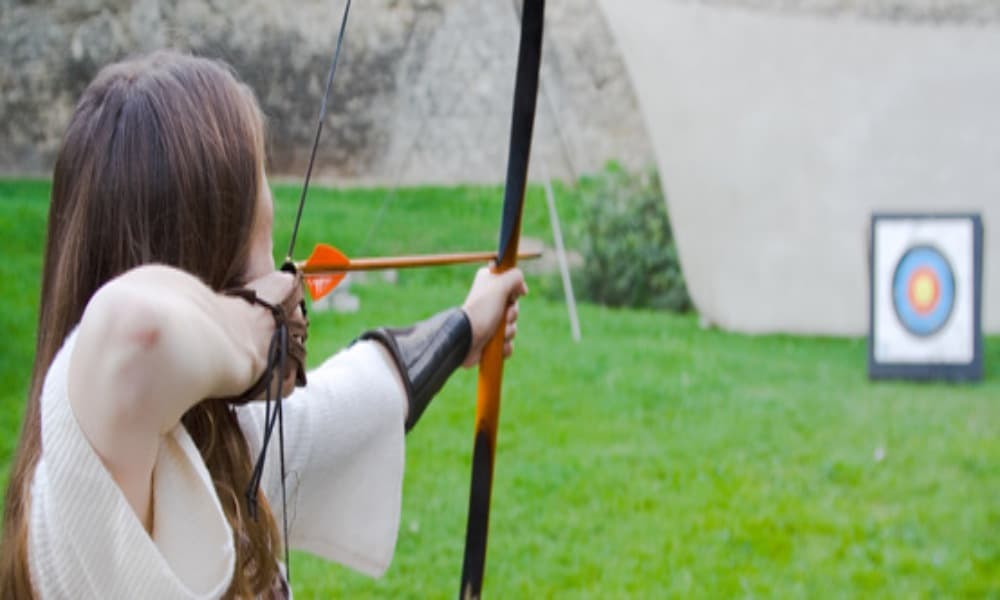Today, I explore stages of buyer journey and how those relate to the messages in your marketing. In particular, let’s look at the balance between branding and direct response messaging.
Understanding the Buyer Journey
The ‘buyer journey’ is just a fancy marketing term for the decision stages somebody goes through before they actually make a purchase. It’s a well known concept, with a few variations.
The one we’re going to use has five stages, and I’ve put them in a table with an example below
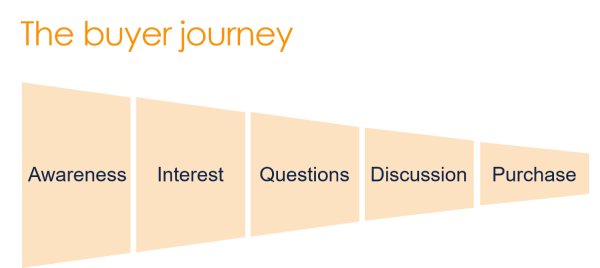
| Awareness – the buyer knows your product or service exists | Example: I know there are plenty of family cars out there for sale. |
| Interest – the buyer is interested in finding out more about your product or service | Example: We have one car. My husband no longer wants to travel to the city via public transport due to COVID. Our son is nearly 16 and desperately keen to learn to drive. We’re going to need a second car soon. |
| Question – the buyer wants to find out more. Will it really work? How much does it cost? What alternatives are there? Will it suit my needs? | Example: Which car is best? What’s important to us? (Purchase cost. Running cost. Leg room in the back. Boot space. Green credentials. Safety. How it feels to drive. Can we fit a roof rack?)
We need to gather information. |
| Discussion – If there are gaps in the information available, the buyer may approach potential sellers to get more information or negotiate terms. If there are multiple decision makers, they may discuss amongst themselves. | Example: My husband cares about safety and boot space. I’m more interested in cost and how it feels to drive. We both care about leg room – that nearly-16-year-old is nearly 6 foot tall!
We create a shortlist. We do some test drives. We ask the kids. We go back to the dealers and negotiate on price and add-ons. |
| Purchase – the buyer(s) reach a final decision and make a purchase. Hopefully from you! | Example: We make a decision, sign on the dotted line and become a two car family. Until our son smashes one up learning to drive, anyway… |
This is a real life example – except, I hope, for the bit where our son crashes the car!
We’re currently in the interest stage, and just starting to move into the question stage. So what does this mean for how we respond to advertising?
Impact of the buyer journey on response to advertising
Remember that branding ads are about raising awareness, interest and positive sentiment. Direct response ads (promotional ads) are about getting someone to respond. To make an enquiry or purchase, right now.
Here’s a branding ad:
If we see that ad right now, how will we react?
‘It looks like a car for an active family like ours. It can take a roof rack. I wonder what the legroom in the back is? Maybe we should investigate further.’
The ad achieved its goal. As we move into the questions stage, the Isuzu is on our list of options. It hasn’t won, but it’s in the competition. (The Mini, on the other hand, isn’t. No leg room.)
Here’s a direct response ad.
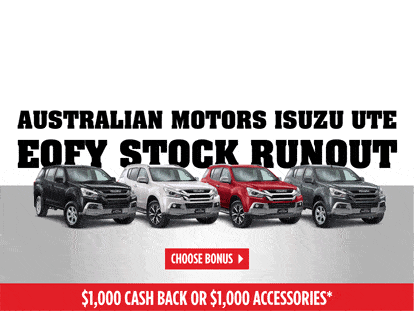
If we see this ad, how will we react?
‘Yeah, but we’re not ready to buy right now. We haven’t done the research, we don’t even know if we want an Isuzu.‘
Did the ad achieve its goal? No. We’re not about to rush out and buy a car before the deadline.
But imagine we’re further down the buyer journey and we’re looking at an Isuzu ute as one of our top three options. Now we have a reason to respond to that ad. There’s an opportunity to get a deal – and that opportunity won’t be around forever.
Here’s the key point – people react to ads differently depending on what stage of the buyer journey they are at.
On the whole, branding ads are great for the early stages – awareness and interest. Direct response ads work better for buyers who are more advance in their journey.
Balancing branding and direct response messaging
The problem is that not all your potential purchasers are at the same stage of the buyer journey – yet you want to cater to all of them. So the key question is how to split your budget between branding and direct response.
It’s important to realise that direct response gets you quick results, but it doesn’t work so well for long term sustained growth. Branding has less of an immediate result but builds over time and gives you long term health. (A Porsche doesn’t travel any faster in Sydney traffic than a Ford, and it has less boot space – but it costs more and people still buy Porsches.)
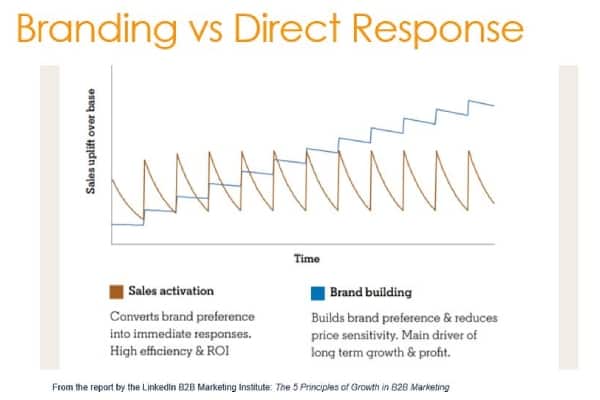
B2B vs B2C
The ‘classic’ answer is that you should split your marketing budget 60% branding and 40% direct response. But that’s only one answer, and it’s probably skewed to consumer goods. (Most classical marketing theory is.)
Research from LinkedIn suggests that business to business marketers spend more of their budget on direct response (promotional) marketing. Green Hat, who work specifically in the Australian B2B marketing space, found even more extreme results in their survey. More than half of Australian B2B marketers spend 75% plus of their budget on the direct response promotions.
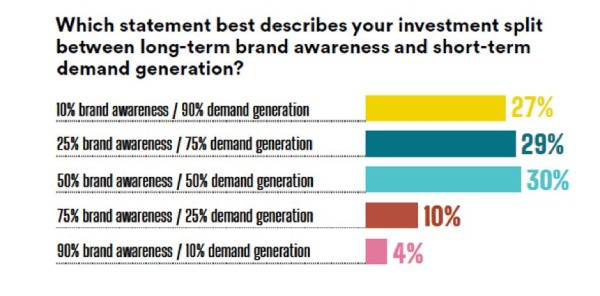
(Source: Green Hat B2B Marketing Research Report 2020)
Why the difference?
Here are some thoughts:
- B2B purchases are more researched and less impulsive. There’s a ‘three quotes’ rule of thumb. Perhaps an urgent offer helps businesses who have a need to act quickly rather than doing more research.
- B2B purchase decisions often involve multiple decision makers. So there’s a need for one decision maker to ‘convince’ others before purchase. A promotional offer can help do that.
- The B2B culture may be more short term sales-driven.
What about small to medium businesses?
I couldn’t find any research about small business specifically. In truth, most small to medium businesses probably don’t think this strategically. They just want something which works! And while good branding does work, it takes time to build. Many small businesses don’t have the luxury of time. If they don’t make sales fast, they won’t have money to pay salaries and keep going. So I’m willing to bet that most small to medium businesses also skew towards the direct response end of marketing.
Summing up
Whatever split you decide on, don’t forget branding altogether. Effective branding now is an investment in better sales figures later. It’s a question of balancing short term pressure and long term growth.
Also, remember that it is possible to brand your direct response marketing – but it’s very hard to turn brand marketing into a direct response piece!
Finally, once you’ve decided how to split your investment between branding and direct response, make sure you’re using the right channels for each.


